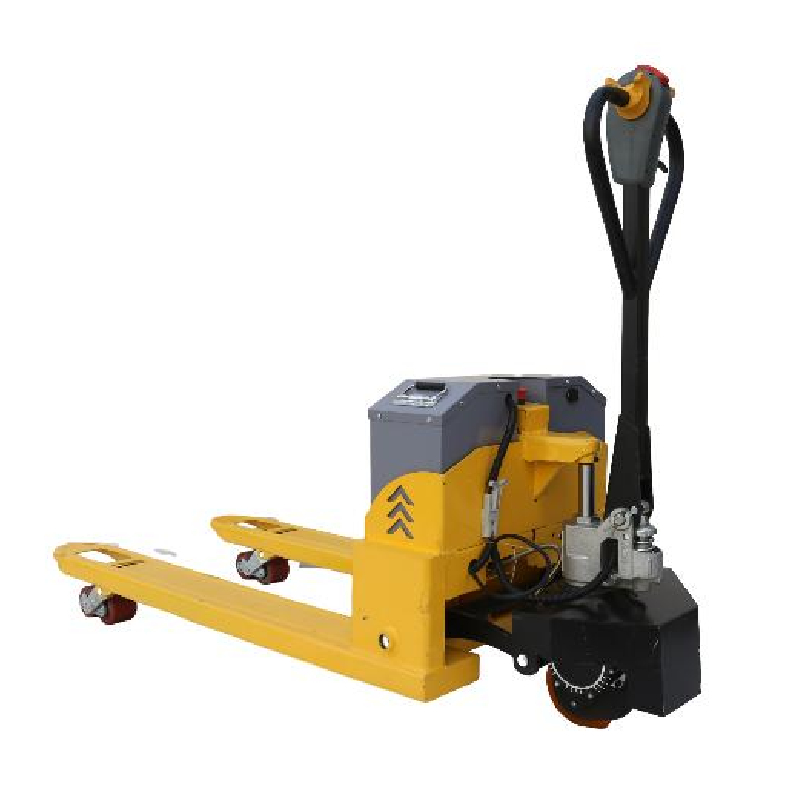


Fall Arrest System Ensuring Safety in Elevated Work Environments
In various industries, workers often find themselves performing tasks at significant heights, whether they are on construction sites, maintenance platforms, or other elevated areas. The potential for falls poses a serious risk, underscoring the need for robust safety measures. This is where Fall Arrest Systems (FAS) come into play—essential safety tools designed to prevent falls and minimize injuries when working at heights.
Understanding Fall Arrest Systems
Fall Arrest Systems are a collection of equipment and procedures that work together to safeguard workers from falls. These systems typically include components such as harnesses, lanyards, anchor points, and shock-absorbing devices. When properly used, a fall arrest system halts a worker's descent and absorbs the energy of a fall, which significantly decreases the risk of injury.
1. Components of a Fall Arrest System - Harnesses These are worn by workers and are designed to distribute the force of a fall across the body, reducing the risk of injury. - Lanyards These are connecting lines that attach the harness to an anchor point. They come in various types, including shock-absorbing lanyards designed to reduce the impact of a sudden fall. - Anchor Points These are secure points from which the harness and lanyard are attached. Proper placement and strength of anchor points are crucial to the system’s effectiveness. - Self-Retracting Lifelines (SRLs) These devices automatically adjust to the wearer's movements while providing immediate arrest in case of a fall, making them highly effective and user-friendly.
Importance of Training and Compliance
While the equipment is critical, the efficacy of a Fall Arrest System is significantly influenced by worker training and adherence to safety protocols. Workers must be educated on the proper use of equipment, the identification of potential fall hazards, and emergency response procedures. Regular training sessions also foster a culture of safety and vigilance on site.

Compliance with safety standards, such as those established by the Occupational Safety and Health Administration (OSHA) and other relevant bodies, is essential. These regulations define the requirements for fall protection systems and stipulate inspections and maintenance protocols. Organizations must ensure that their fall arrest equipment is compliant, regularly inspected, and maintained to function effectively.
Risks of Non-Compliance
Failing to implement a proper fall arrest system can have dire consequences. The statistics surrounding workplace falls are alarming—the leading cause of fatalities in the construction industry is falls from heights. Non-compliance with safety standards can lead to severe injuries, legal ramifications, and financial losses for companies. Moreover, the emotional toll on workers and their families can be profound.
The Future of Fall Arrest Systems
The continuous evolution of technology brings about advancements in fall protection equipment. Innovations such as smart harnesses equipped with sensors to detect falls and monitor the worker’s vital signs are being developed. These enhancements not only improve safety but also enable real-time data collection that can be invaluable in assessing and mitigating risks in the workplace.
Conclusion
In conclusion, Fall Arrest Systems are vital for ensuring the safety of workers in elevated environments. Their effective implementation, supported by comprehensive training and adherence to safety standards, can greatly reduce the risk of falls and injuries. As industries continue to evolve, staying informed about advancements in fall protection technology will be crucial in maintaining a safe working environment for all. Ensuring the safety of workers is not just a legal obligation but a moral imperative that all organizations must prioritize to protect their most valuable asset—their employees.



